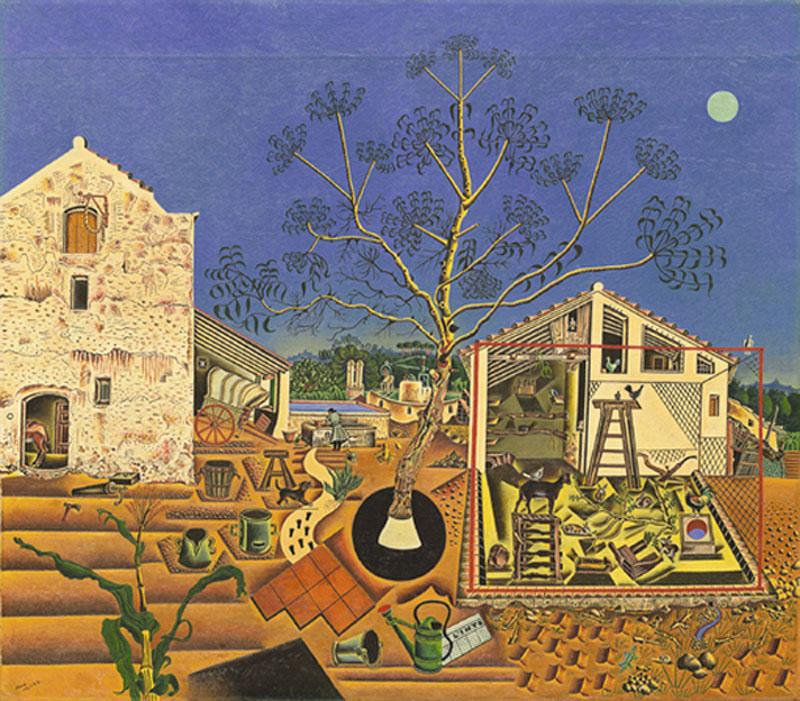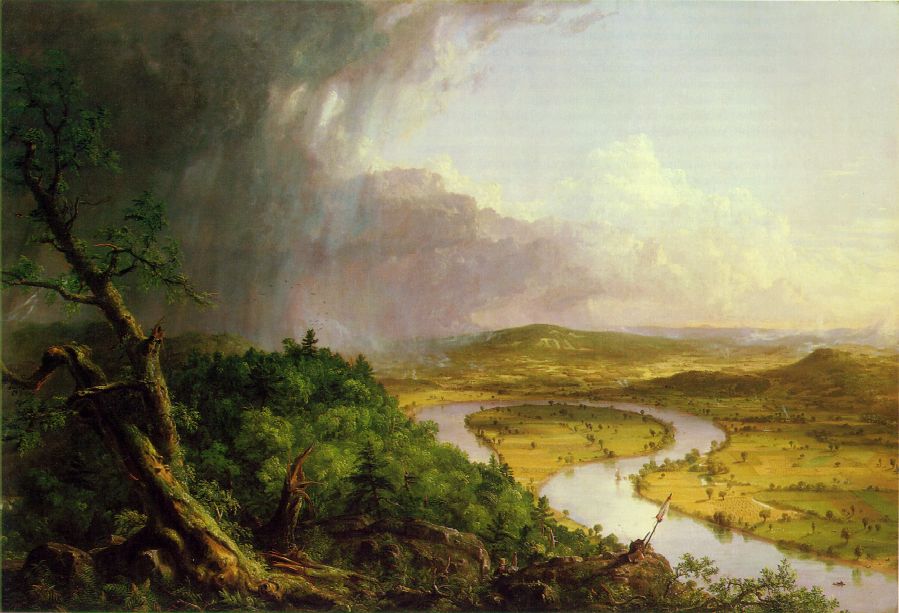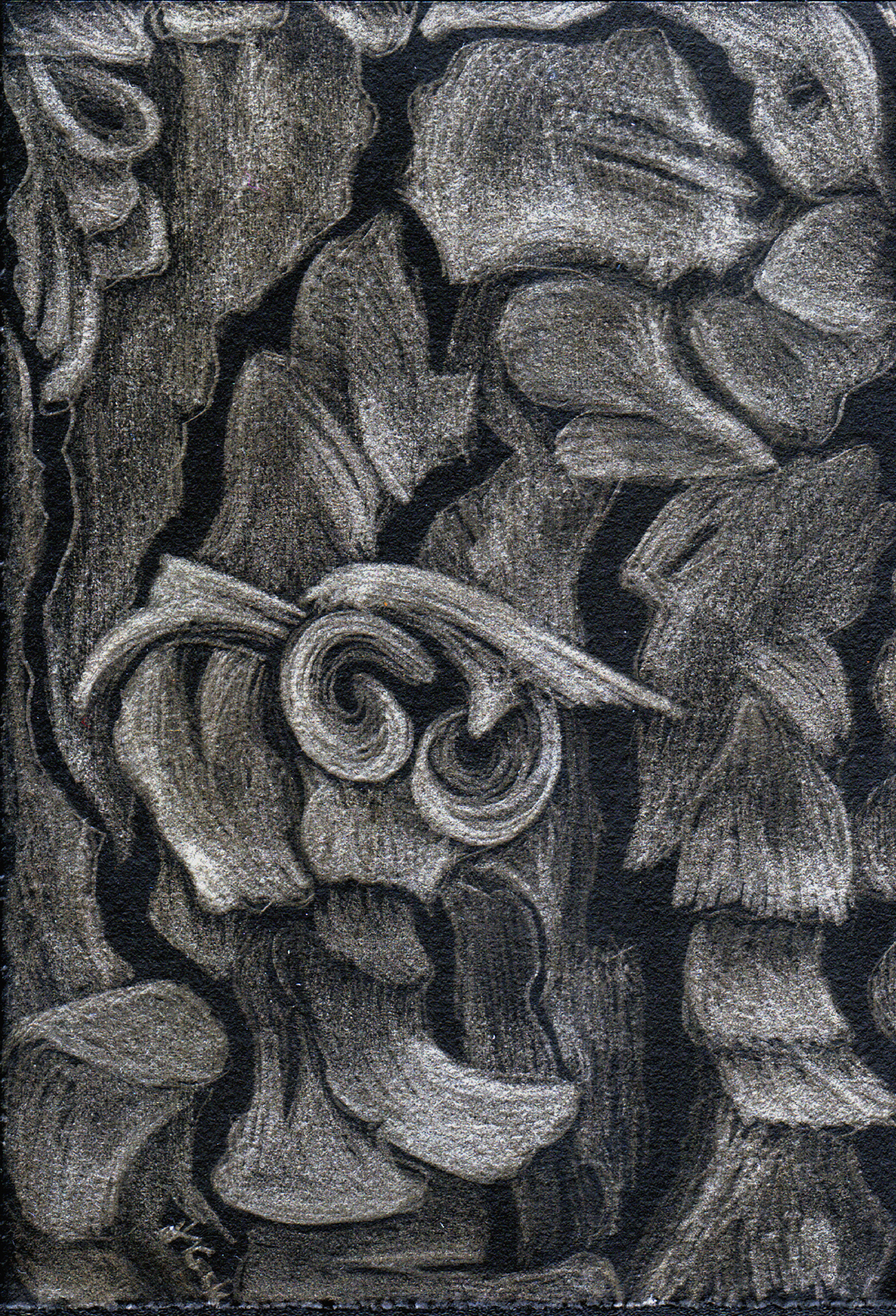Summer has slipped into autumn all too quickly this year. Only now have I been able to send my art-collector friends a brief newsletter about the year as an artist. I find this yearly exercice an interesting assessment of what I have been trying to do and where my art has been available for viewing.
This has been, in truth, an unusual year, with bereavement and family health problems precluding a lot of artwork being done (and fewer blog posts as well!). Nonetheless, sadness and anxiety have been mixed with great joy and delights.
McIntosh Art Association, Darien, GA, hosted my spotlight solo exhibition, At the Edge of the Marsh, in April and May. I showed watercolours, silverpoints and graphite drawings. In May-June, I exhibited silverpoint drawings alongside Daniel Smith's monoprints in Point and Counterpoint at the Hospice Savannah Gallery. Meanwhile, in April and May, I was part of an invitational exhibition, again with silverpoint drawings, at the Art and Soul Gallery at the Women's Center of Jacksonville, entitled Lasting Impressions. Another national invitational show in which I participated was Luminous Metal: Contemporary Drawings in Metalpoint, at the Clement Art Gallery in Troy, NY. I have also just exhibited my art at a Coastal Wildscapes conference held in early October at Richmond Hill, GA.
Other shows in which my work was selected for exhibit during the year were:
- Brainstorm: Opening Minds, Embracing Change, with Women's Caucus for Art of Georgia.
The first venue was at Atlanta's Central Library and the show then travelled to
Upstairs/Artspace in Tyron, NC.
- I'm in Love with this Idea, also a in Women's Caucus for Art Georgia exhibition, was held at the Georgia Perimeter College, Atlanta.
- Katonah Museum Artists' Association, a large group show at Northern Westchester Hospital, NY.
- Little Things mean a Lot, a holiday show at the Swan Coach House Gallery, Atlanta.
- Portraits to Pixels: Celebrating 125 Years of Collecting at the Telfair, a selection of work from the permanent collection, at the Telfair Museums, Savannah. One of my silverpoint drawings was included.
- Transformations, an on-line international show sponsored by the Women's Caucus for Art in San Diego, CA, in which I was awarded second place honours for one of my silverpoint drawings.
- New Hall Art Auction 2011, an on-line auction for the New Hall Art Collection, Cambridge, with art produced by those of us with work in their permanent art collection.
Early in the year, I held a silverpoint workshop at the Telfair Museum of Art at their invitation, and was scheduled to hold a watercolour workshop. Alas, I had to cancel that due to my mother's death. Later, I held a plein air workshop for McIntosh Art Association members on Butler's Island, near Darien.
My art was featured in a variety of newspaper articles: the Darien News covered my Darien solo exhibition, as did the Brunswick News. Later, the Savannah Morning News's art critic, Alison Hersh, wrote about the "Dynamic Duo at Hospice Gallery". The Art Connection in Boston featured my art, as did the WCAGA website. My work was also included in websites as varied as Women Environmental Artists, Artist Sites, Wooloo or the Irving Sandler Artist Slide Registry/Artists Space. Of course, my art and updated activities are also featured on my own website at http://www.jeanninecoook.com.
I am already working towards exhibitions which are planned for next year and beyond. I am co-curator with Professor Jeff Lewis of Auburn University of a silverpoint exhibition to be held in 2013 at the Jule Collins Smith Museum of Fine Art, Auburn, AL. I shall be participating with a group of artist friends in Celebrating the Coast at Glynn Art Association Gallery in 2012, and joining my friend, Marjett Schille, in an exhibition, Sapelo Island, at Brenau University, Gainesville, GA, in 2013.
My 16th Annual Art Tasting was held last December 4th and once more, for Rundle and me, it was a celebration at our home at Cedar Point. I felt honoured to display my art for my friends. This memory is now a little bittersweet as I realise that this year, I will not be able to invite people to another Art-Tasting. Rundle is facing surgery for an incipient aneurysm in his other leg, and between those uncertainties and our late return from Spain, I sadly concluded that it would unrealistic to organise things in time. Nonetheless, I hope that, deo volente, I can plan a spring art celebration.
Efforts and hopes - but now to getting down to creating art again. That is where the discipline comes in!
























